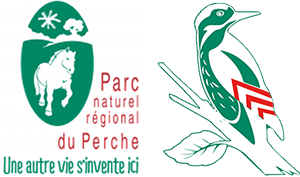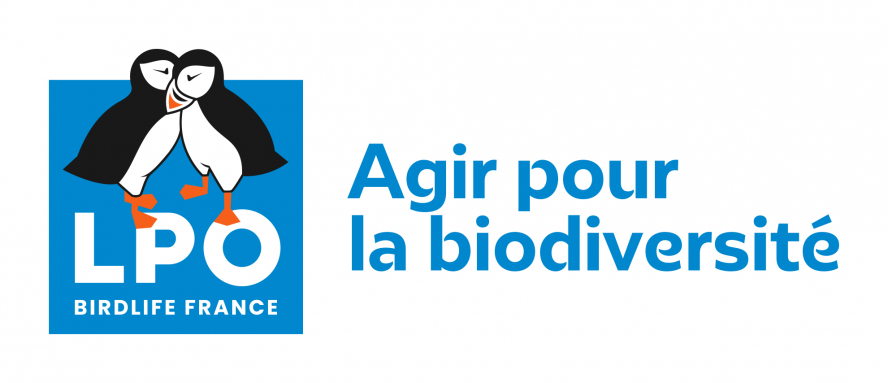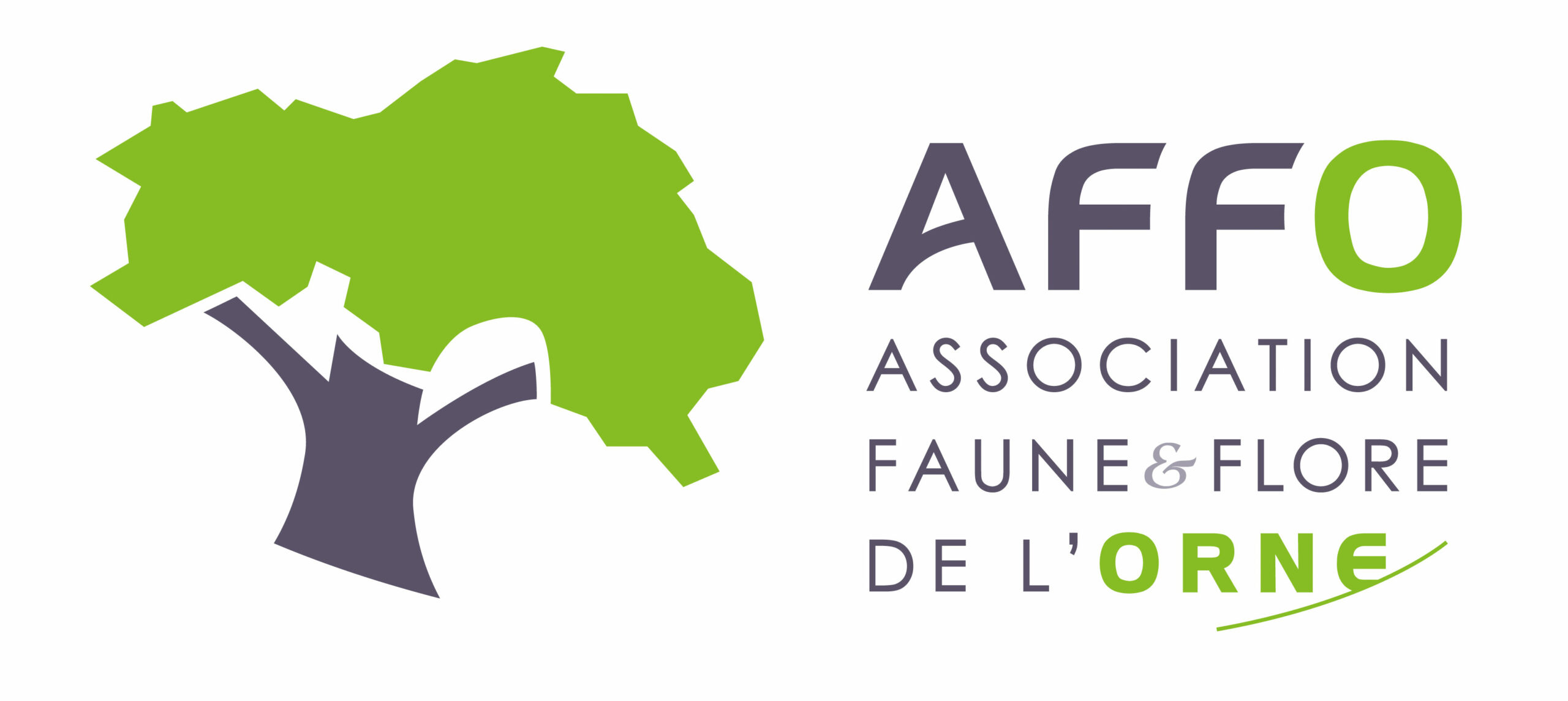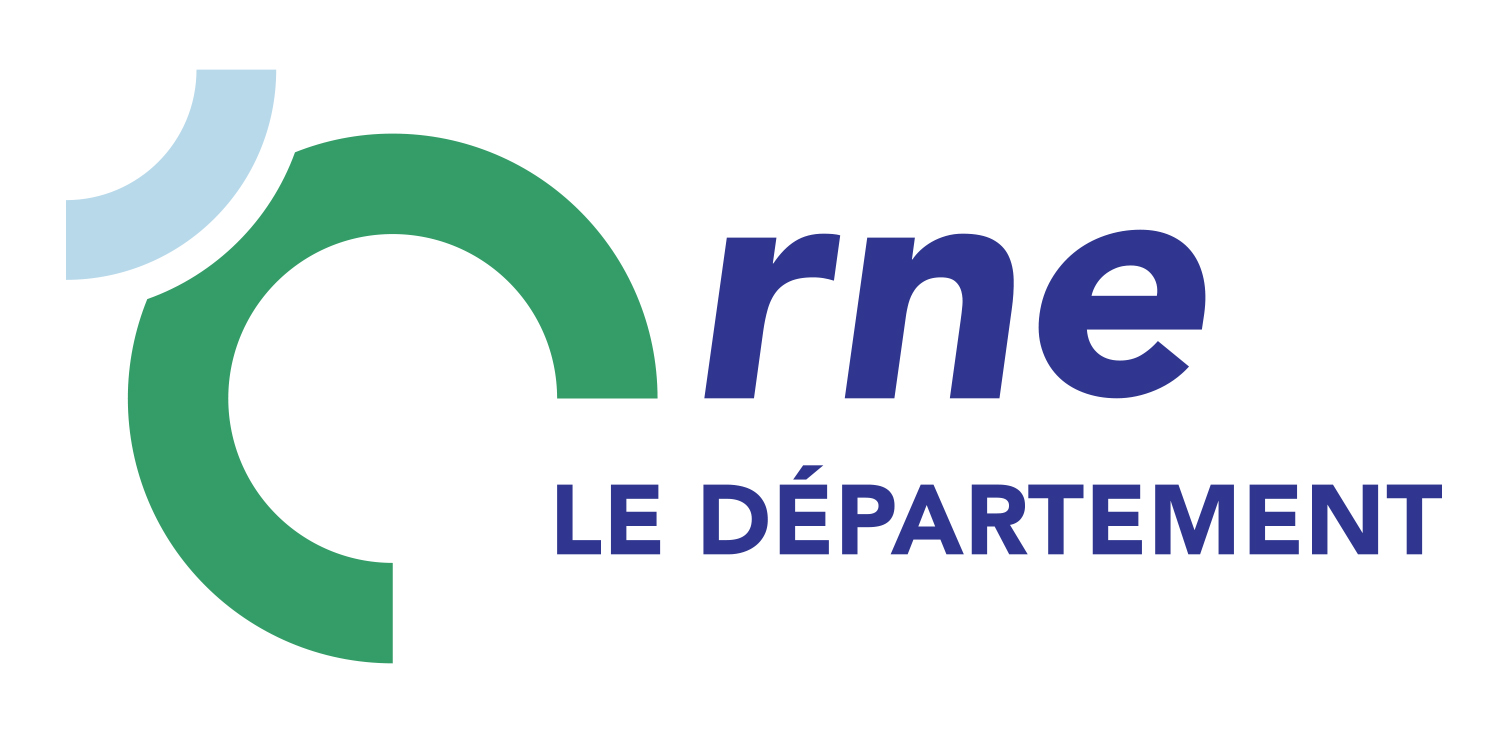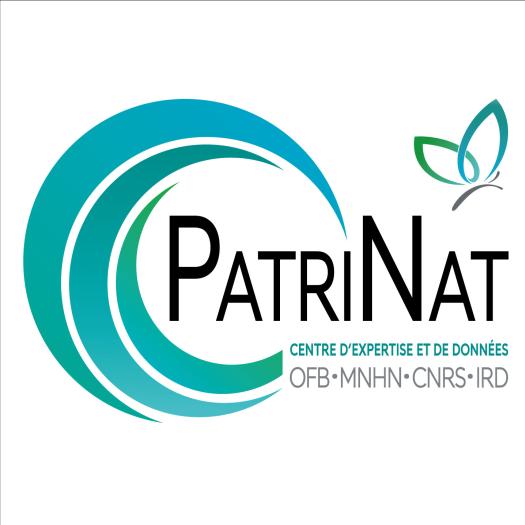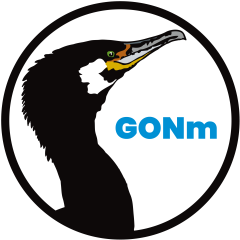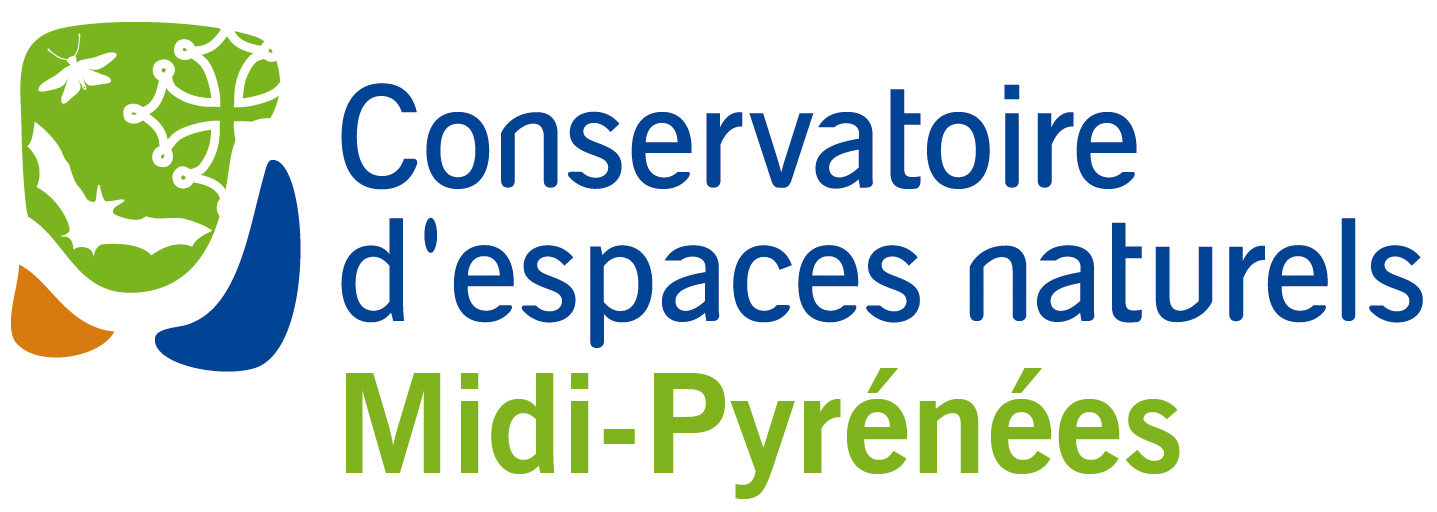- 189 observations
-
74
communes -
39
observateurs
22
organismes -
Première observation
1990 -
Dernière observation
2025
Almenêches - Argentan - Aunou-le-Faucon - Barville - Beaulieu - Belfonds - Bellou-en-Houlme - Boischampré - Boucé - Briouze - Bures - Bursard - Carrouges - Chanu - Charencey - Ciral - Condé-sur-Sarthe - Coulimer - Coulonges-sur-Sarthe - Croisilles - Cuissai - Domfront en Poiraie - Écouché-les-Vallées - Essay - Fleuré - Fontaine-les-Bassets - Godisson - Hauterive - Igé - La Ferté Macé - L'Aigle - La Lande-de-Goult - La Mesnière - Le Château-d'Almenêches - Le Mage - Le Ménil-Broût - Les Ventes-de-Bourse - Longny les Villages - Lonlay-l'Abbaye - Médavy - Montgaudry - Montmerrei - Montsecret-Clairefougère - Monts-sur-Orne - Mortagne-au-Perche - Mortrée - Moulins-sur-Orne - Neauphe-sous-Essai - Neuilly-le-Bisson - Ommoy - Passais Villages - Perche en Nocé - Pervenchères - Pointel - Rouperroux - Sablons sur Huisne - Saint-Aubin-d'Appenai - Saint-Clair-de-Halouze - Saint-Ellier-les-Bois - Saint-Gervais-du-Perron - Saint-Gilles-des-Marais - Saint-Julien-sur-Sarthe - Saint-Léger-sur-Sarthe - Saint-Mars-d'Égrenne - Saint-Patrice-du-Désert - Saint-Paul - Saint-Roch-sur-Égrenne - Saint-Sauveur-de-Carrouges - Sées - Tanville - Tourouvre au Perche - Valframbert - Villedieu-lès-Bailleul - Vimoutiers
-
Association Faune & Flore de l'Orne (AFFO)
Participation à 36 Observations
Part d'aide à la prospection : 19.05 %
Fiche organisme
-
PNR et géoparc mondial UNESCO Normandie-Maine
Participation à 32 Observations
Part d'aide à la prospection : 16.93 %
Fiche organisme
-
Conseil départemental de l'Orne (bureau ENS)
Participation à 22 Observations
Part d'aide à la prospection : 11.64 %
Fiche organisme
-
UMS PatriNat (OFB-CNRS-MNHN)
Participation à 15 Observations
Part d'aide à la prospection : 7.94 %
Fiche organisme
-
Ministère de la Transition écologique et de la Cohésion des territoires
Participation à 10 Observations
Part d'aide à la prospection : 5.29 %
Fiche organisme
-
Muséum national d'Histoire naturelle (MNHN)
Participation à 8 Observations
Part d'aide à la prospection : 4.23 %
Fiche organisme
-
Groupe Ornithologique Normand (GONm)
Participation à 6 Observations
Part d'aide à la prospection : 3.17 %
Fiche organisme
-
Habitants-bénévoles
Participation à 6 Observations
Part d'aide à la prospection : 3.17 %
Fiche organisme
-
Système mondial d’information sur la biodiversité (GBIF)
Participation à 4 Observations
Part d'aide à la prospection : 2.12 %
Fiche organisme
-
DREAL Centre-Val de Loire
Participation à 3 Observations
Part d'aide à la prospection : 1.59 %
Fiche organisme
-
Conservatoire d'espaces naturels de Midi-Pyrénées (CEN MP)
Participation à 3 Observations
Part d'aide à la prospection : 1.59 %
Fiche organisme
-
Société d'études ornithologiques de France (SEOF)
Participation à 3 Observations
Part d'aide à la prospection : 1.59 %
Fiche organisme
-
Bureaux d'études & consultants
Participation à 2 Observations
Part d'aide à la prospection : 1.06 %
Fiche organisme
-
Ferme éolinne de Germancé à Saint-Ellier-les-Bois
Participation à 2 Observations
Part d'aide à la prospection : 1.06 %
Fiche organisme
-
SUEZ RV NORMANDIE
Participation à 1 Observation
Part d'aide à la prospection : 0.53 %
Fiche organisme
-
Office national des forêts (ONF)
Participation à 1 Observation
Part d'aide à la prospection : 0.53 %
Fiche organisme
-
Thema Environnement
Participation à 1 Observation
Part d'aide à la prospection : 0.53 %
Fiche organisme
-
IEL Exploitation 74
Participation à 1 Observation
Part d'aide à la prospection : 0.53 %
Fiche organisme
Informations espèce
Source : Biodiv'Écrins, Parc national des Écrins
C2 : Eaux courantes de surface
C3 : Zones littorales des eaux de surface continentales
G1 : Forêts de feuillus caducifoliés
G3 : Forêts de conifères
X01 : Estuaires
X02 : Lagunes littorales salées
X03 : Lagunes littorales saumâtres
Répartition actuelle en France métropolitaine
© INPN - Avertissement : les données visualisables reflètent l'état d'avancement des connaissances et/ou la disponibilité des données existantes au niveau national : elles ne peuvent en aucun cas être considérées comme exhaustives.
Répartition actuelle dans le monde
Avertissement : les données visualisables reflètent l'état d'avancement des connaissances et/ou la disponibilité des données existantes au niveau mondial : elles ne peuvent en aucun cas être considérées comme exhaustives.






